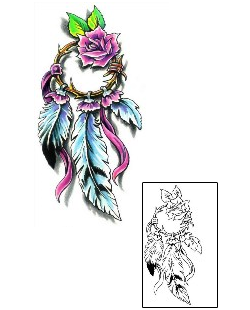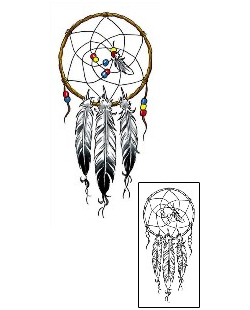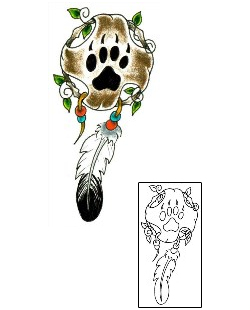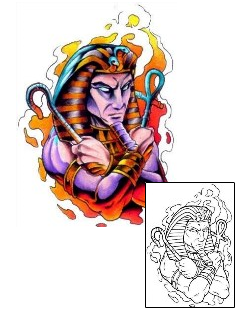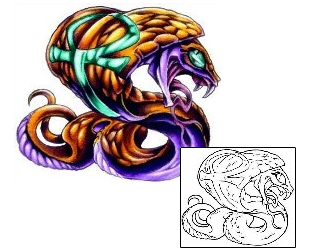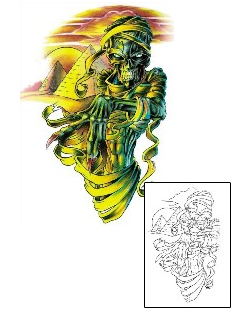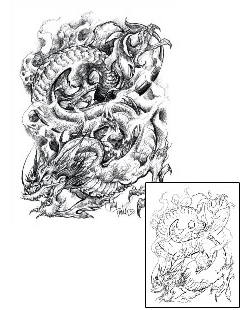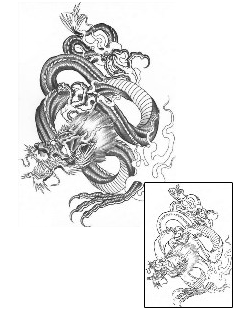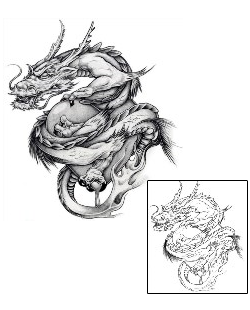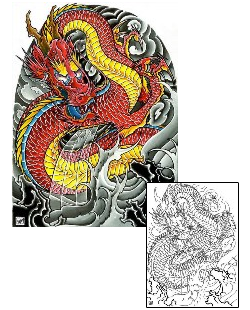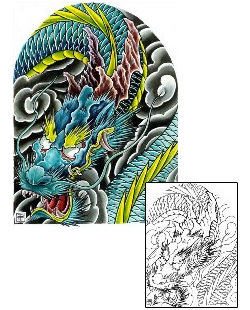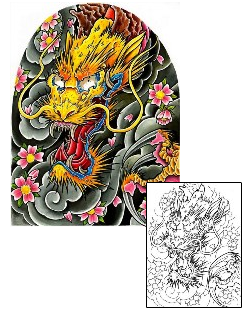Today, dreamcatchers are seen in jewelry and art not just in the Native American culture but all over the world. Dreamcatchers are handmade objects based on a willow hoop, on which a web or loose net is woven. Lastly the dreamcatcher is decorated with sacred items like feathers and beads. In tattoos culture, dreamcatcher tattoos can indicate that the wearer has some sort of Native American roots. It is also a powerful symbol of protection and ward off evil spirits and dreams.
Show me more Dreamcatcher Tattoo Designs


